Paris Photo LA
A few weeks ago I went to LA to check out Paris Photo. It was an opportunity to see a diverse range of contemporary photography in one location. They did an amazing job of creating a unique presentation — a show with a French perspective, presented in LA, but staged on the Paramount Studios NYC Backlot.
A few sound stages were built out with individual spaces for an international selection of galleries, representing the upper parts of the current fine art photography scene. There was an impressive August Sander Collection, which was very cool to see, a killer edit of musicians by Lee Friedlander at the Fraenkel Gallery, as well as the other usual suspects — Eggleston, Misrach, Burtynsky, etc.
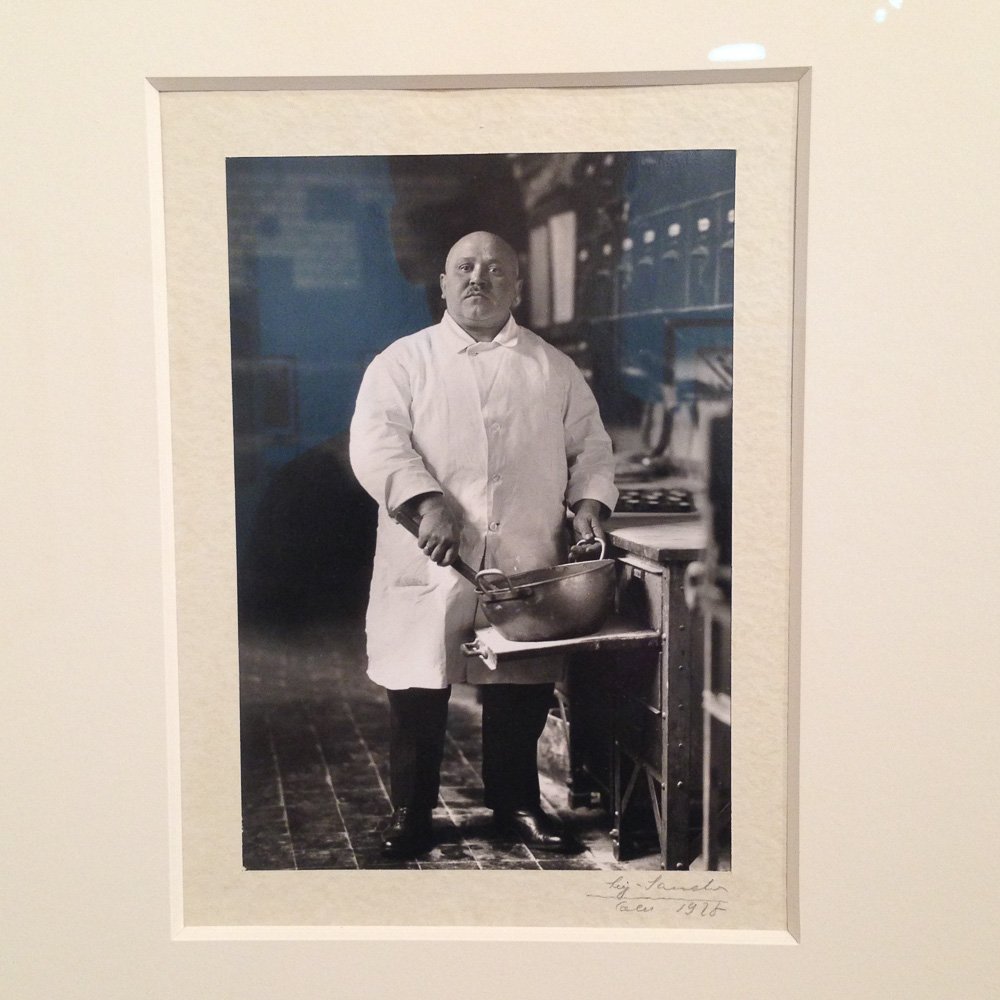


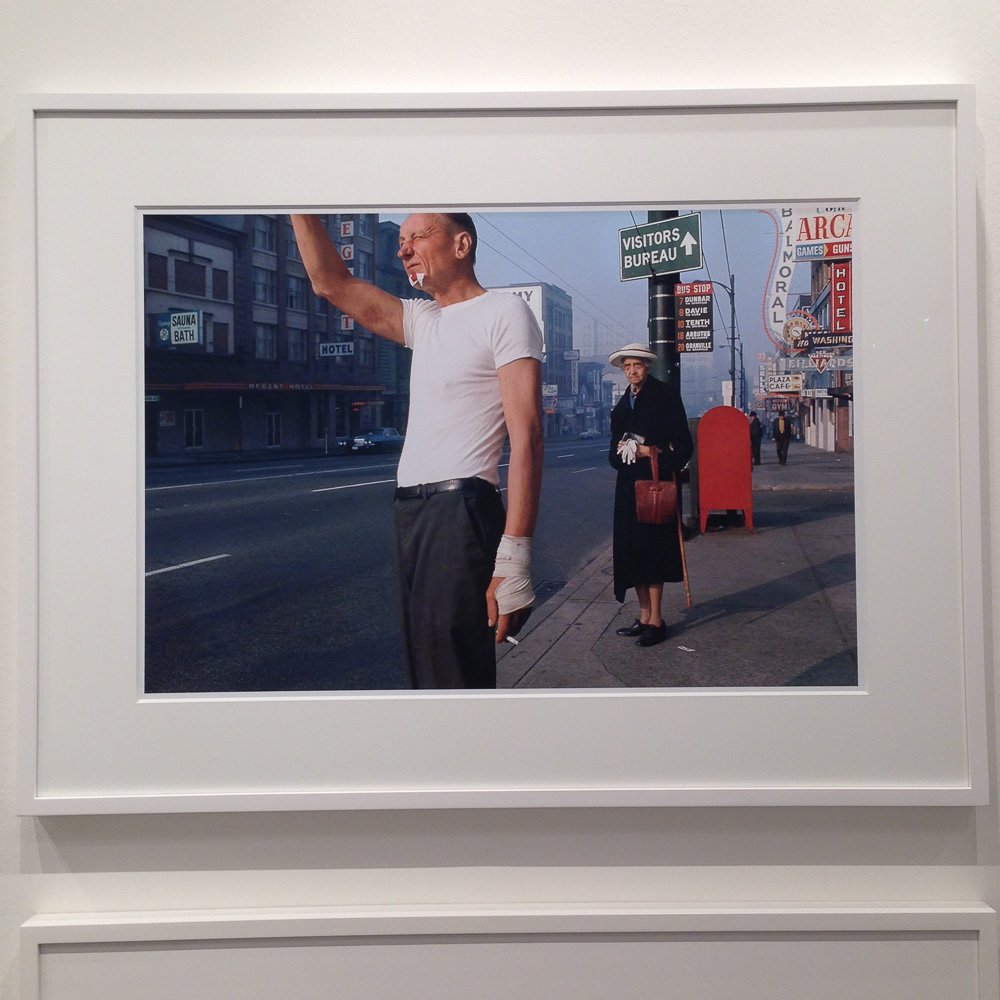
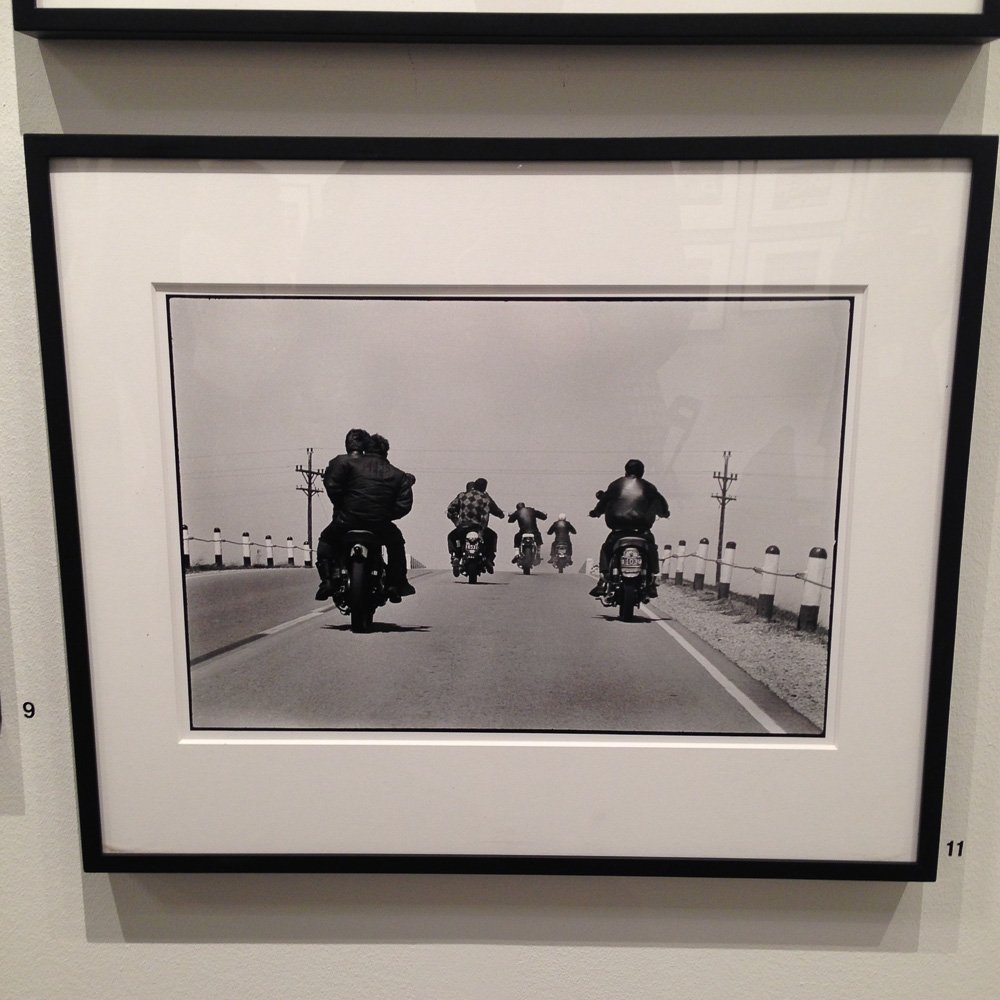
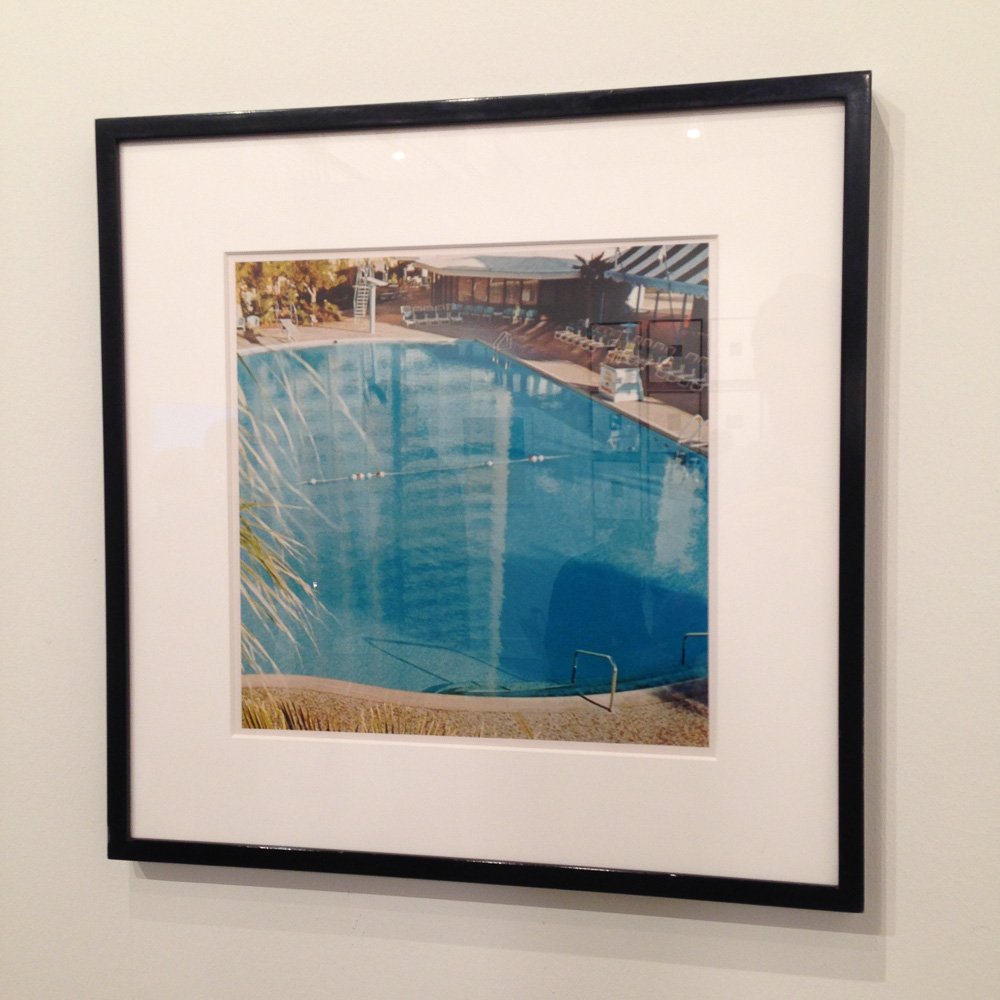
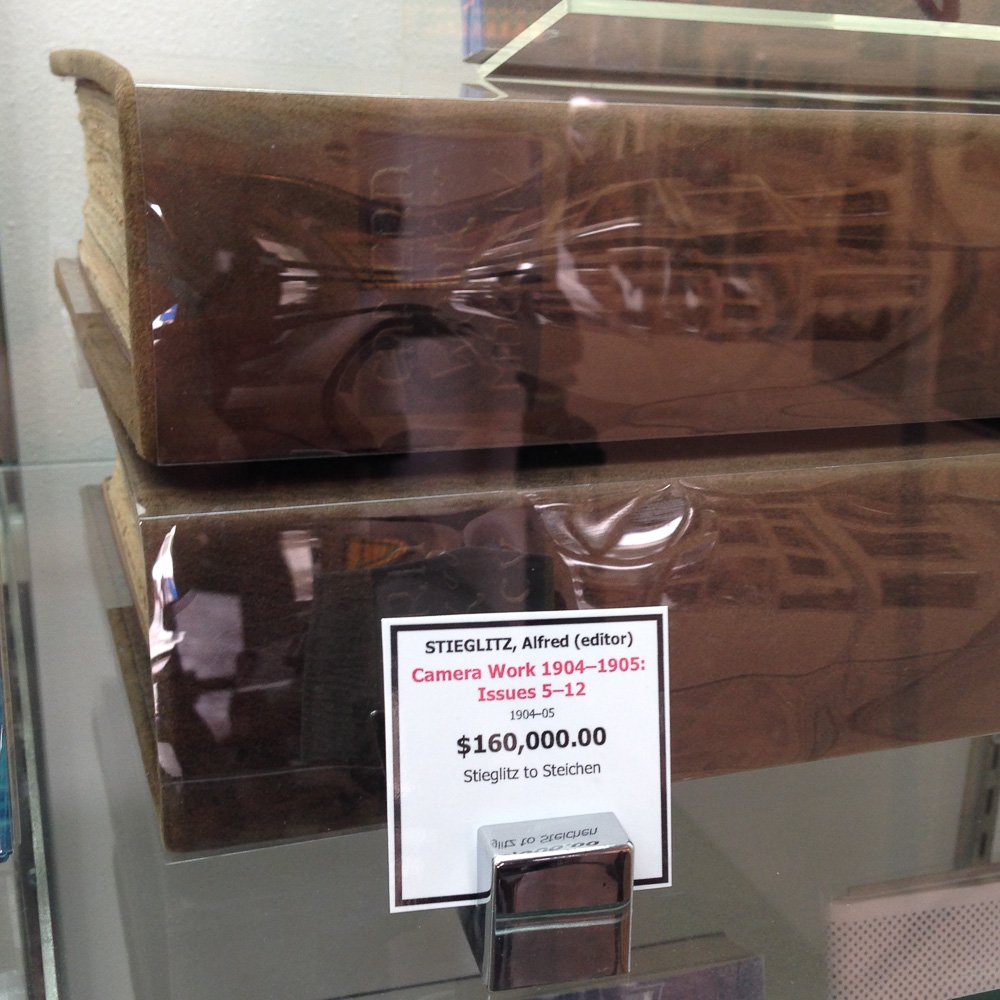
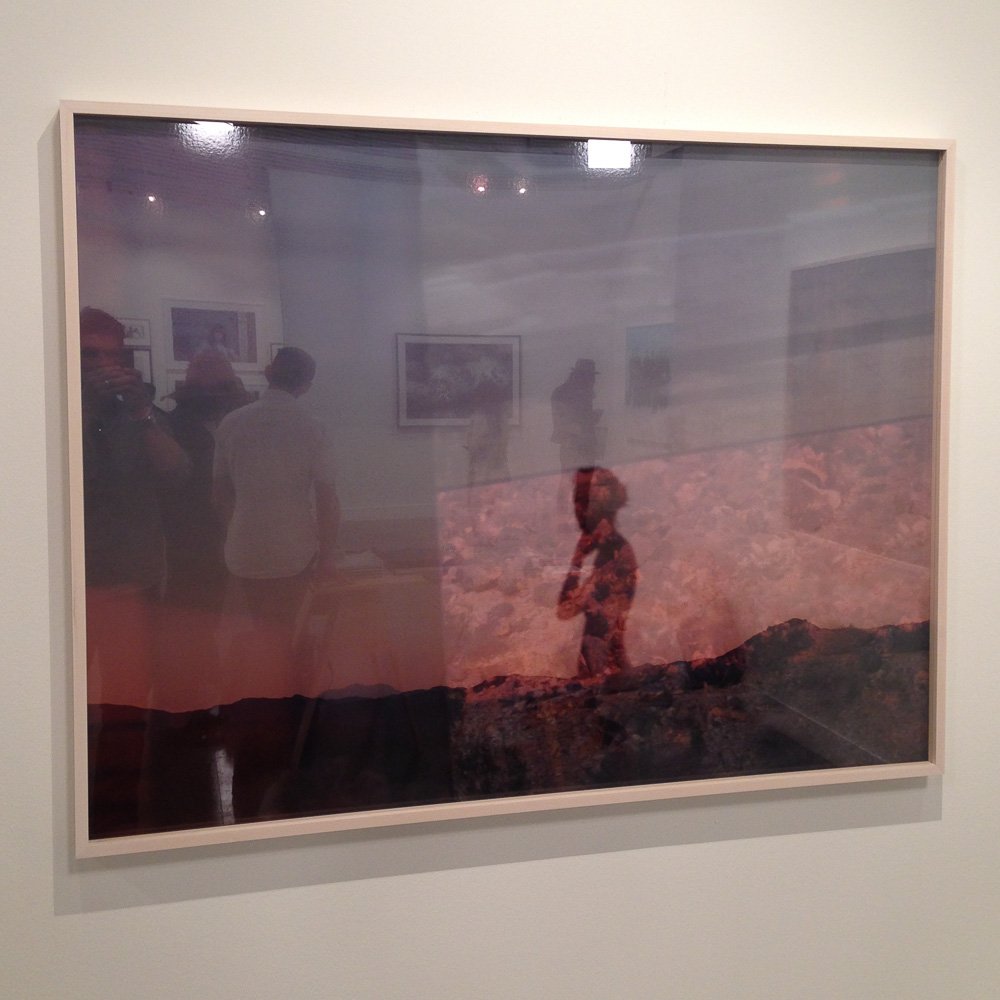
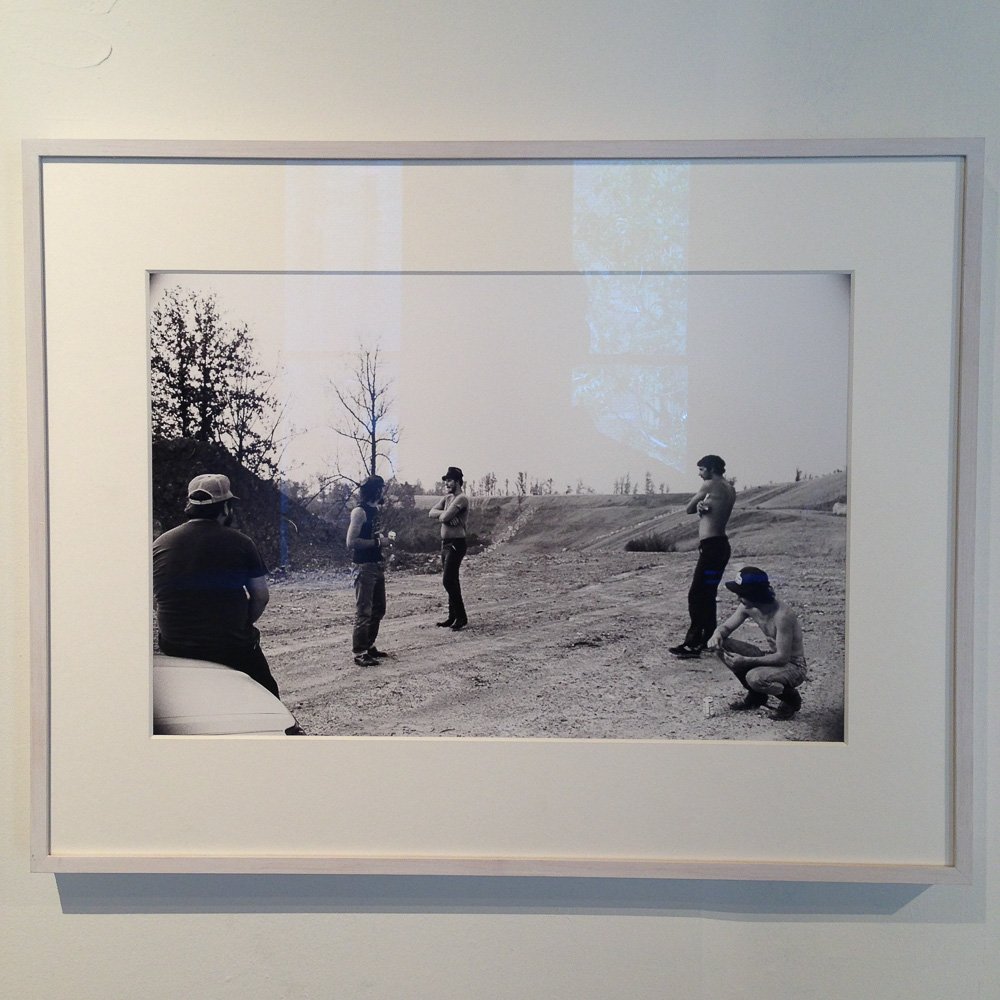
The first thing I noticed was that many photos were just way too big. This trend of trying to make a photo better by making it bigger won’t seem to go away. Some photos are just better small. They want to be small. Other images shouldn’t be printed in the first place, let alone at 10 feet wide -- it just magnifies their weakness.
The best work at Paris Photo was not created with the intention of being art, but curated from an existing collection. Julien Frydman, director of the fair, and some people from Fototeka, somehow got access to the over 1 million images in the LAPD photo archives and mined some photographic gold. The result was celebration of photography in an intensely pure form, where the images had a rawness that came from their utilitarian perspective.
Some images were shockingly graphic or downright gory while others were quieter, but charged with a silent intensity. Many had beautiful lighting and / or compositions, which was probably coincidental. Few, if any photos had credits attached to them:
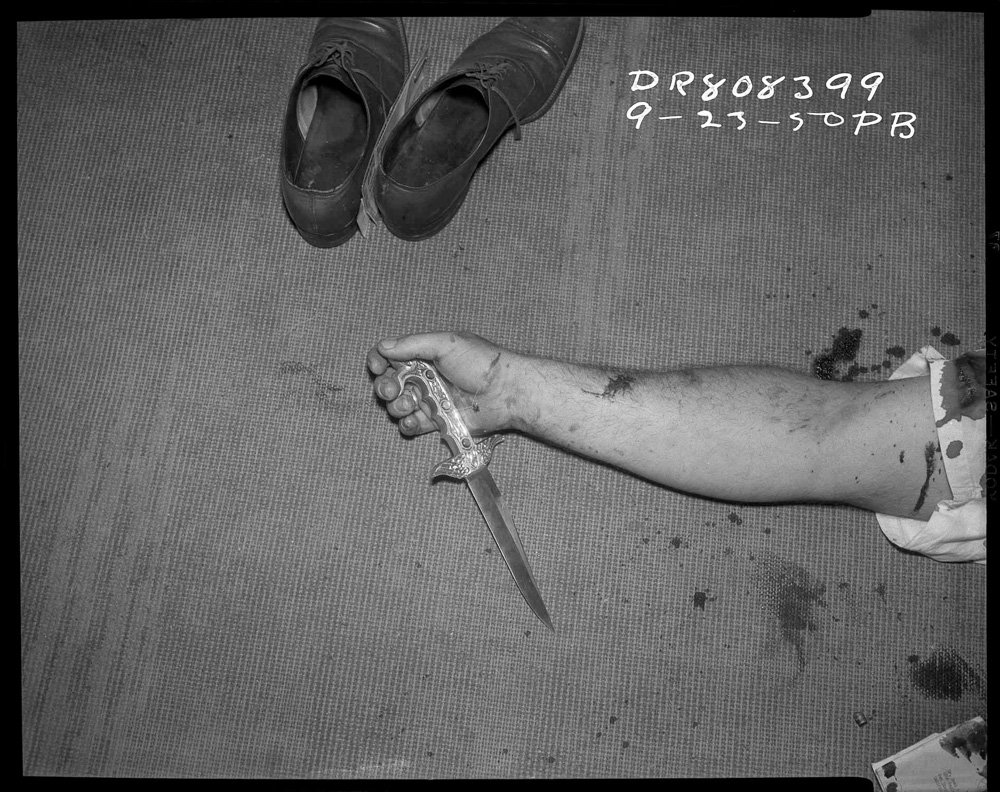

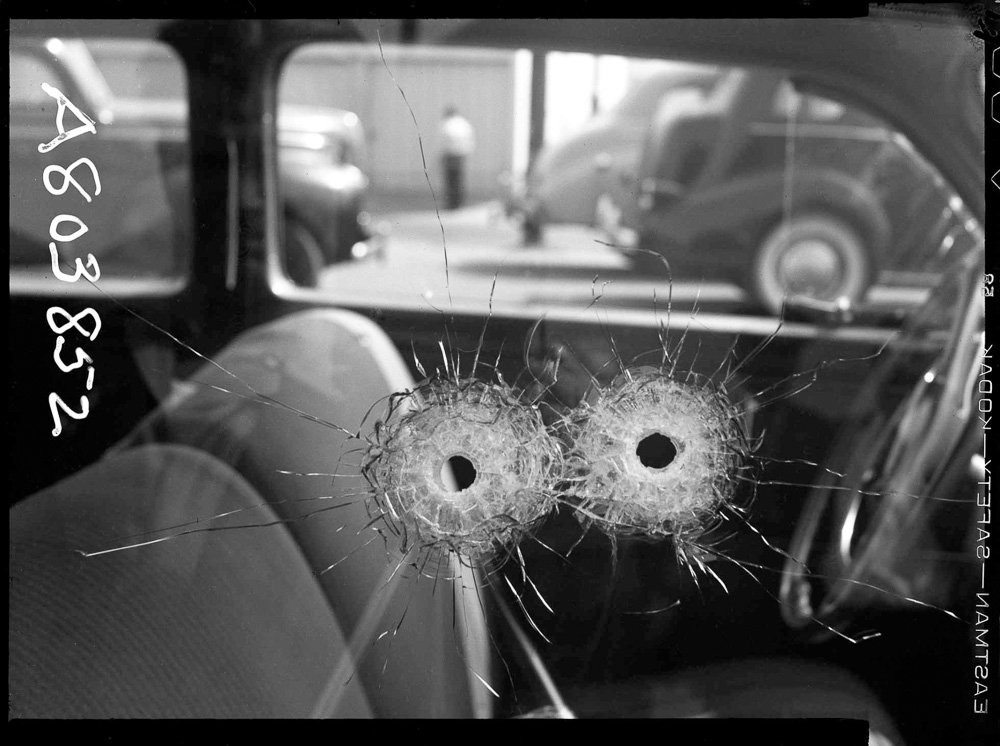
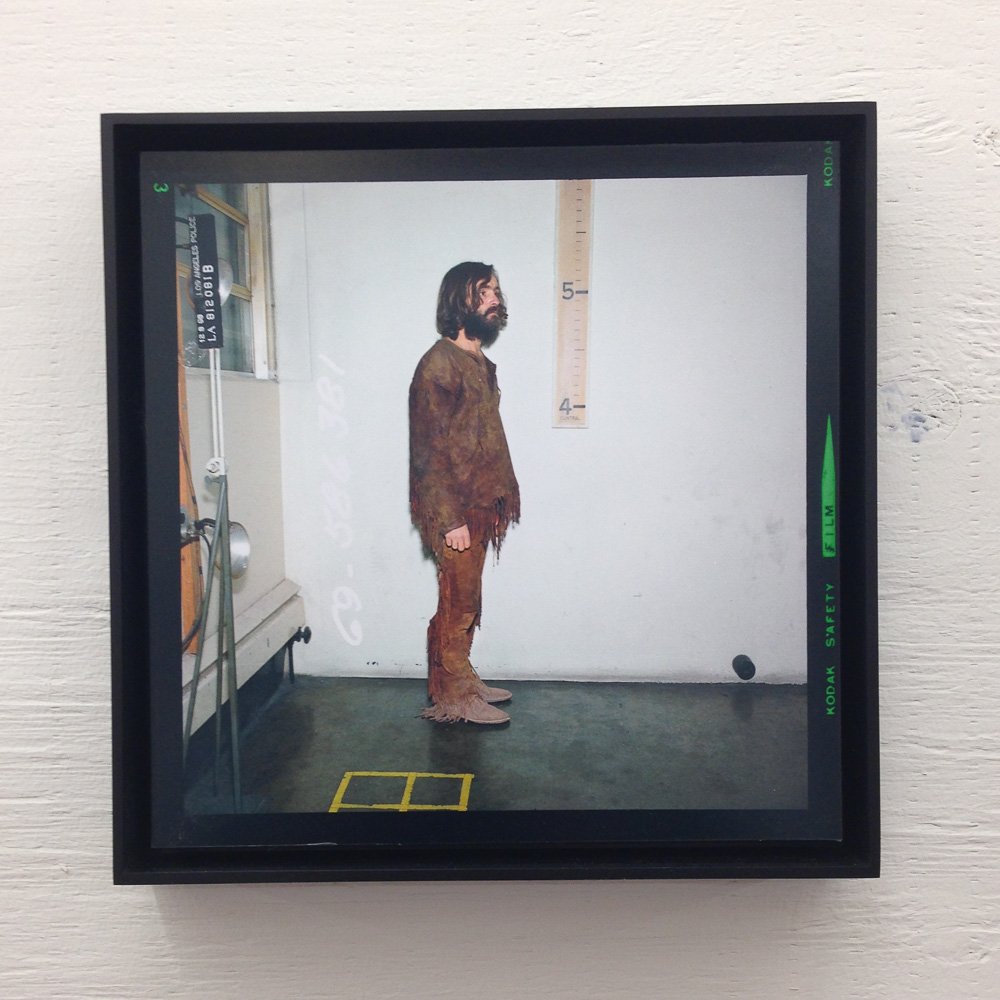
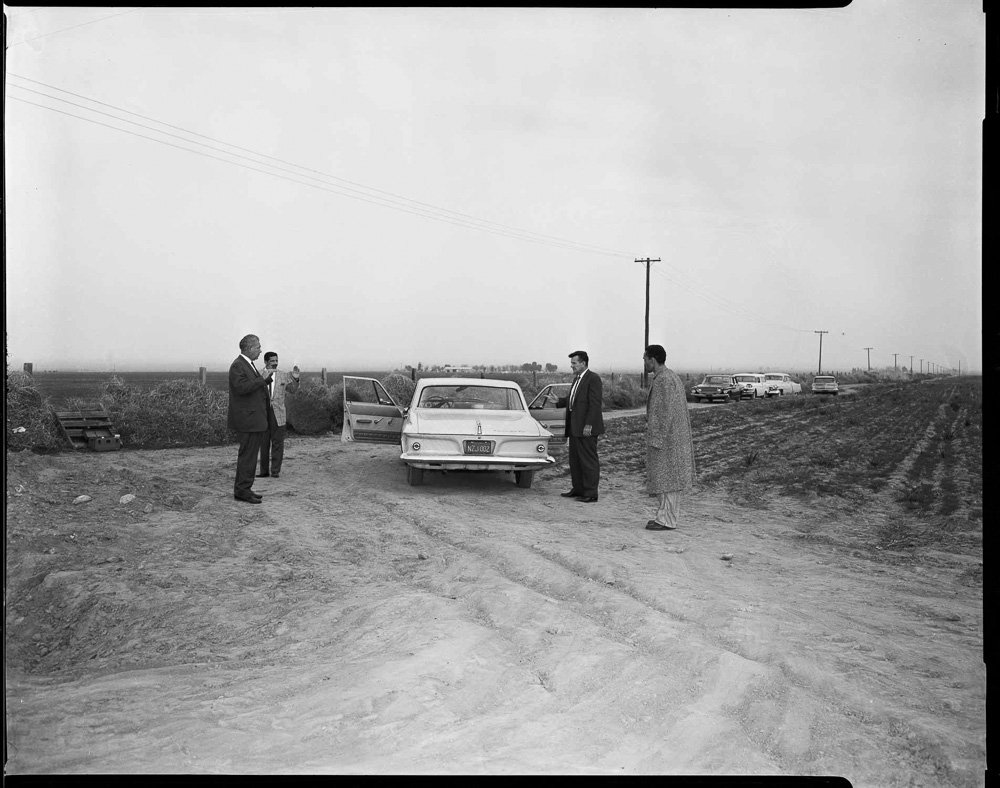
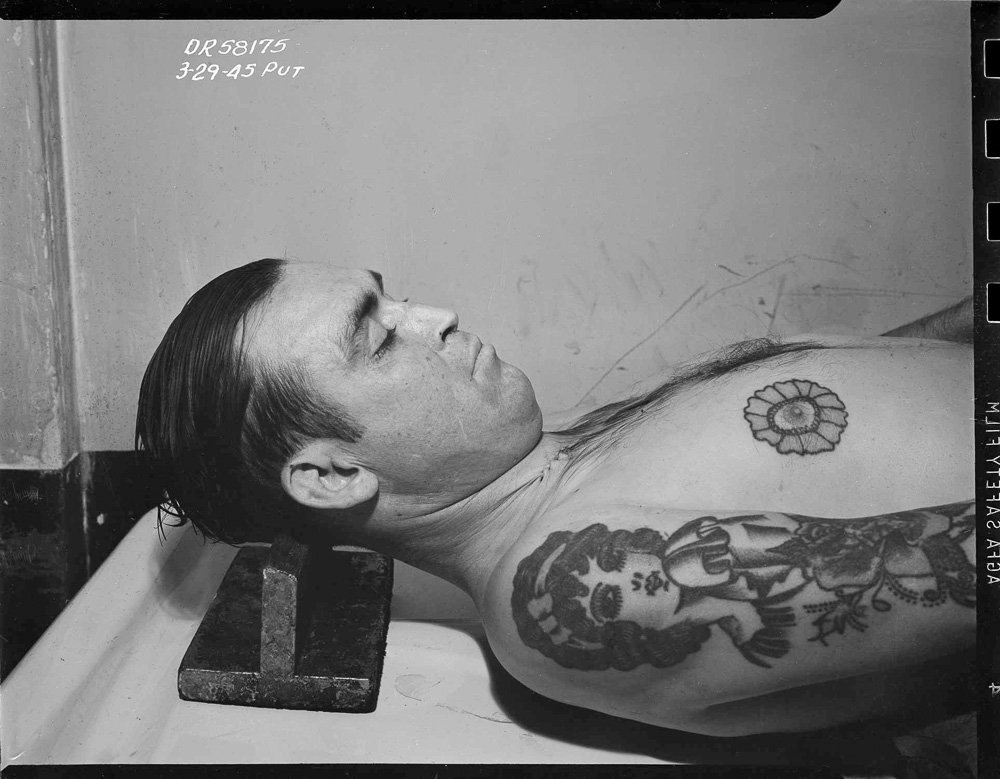
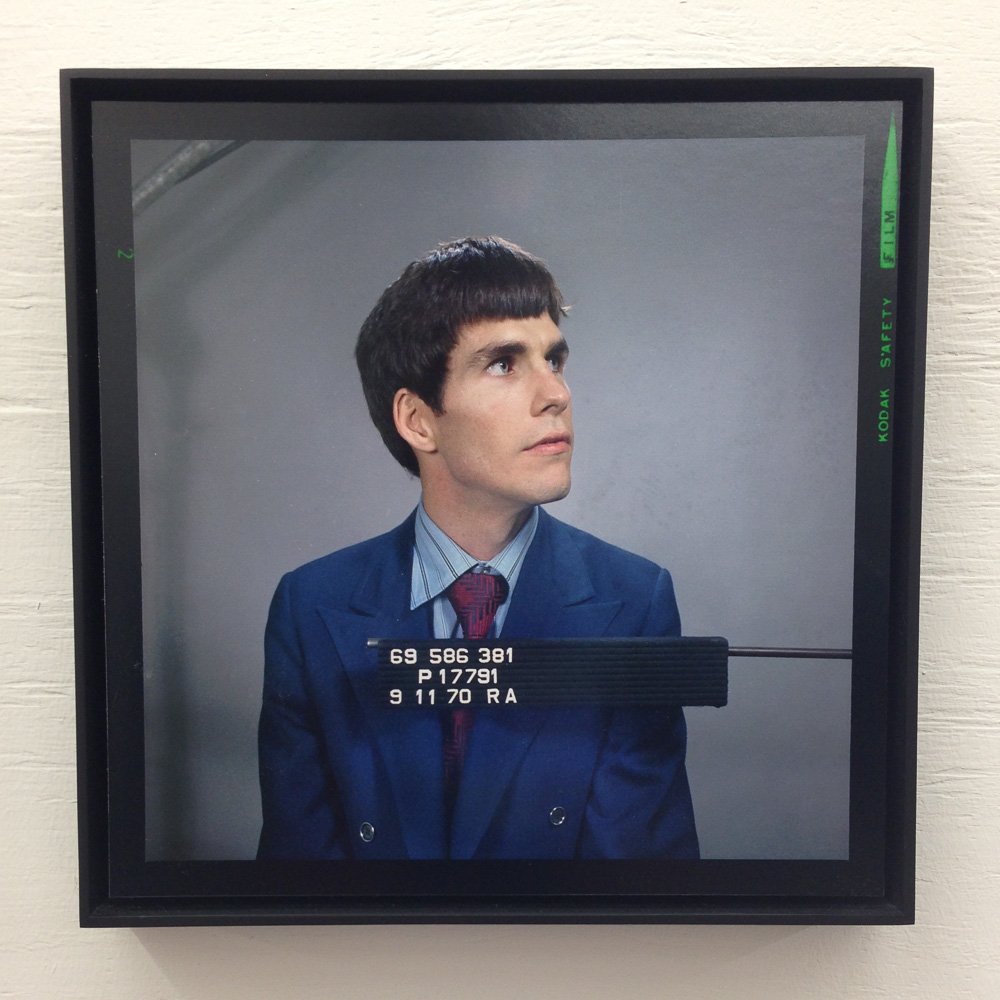
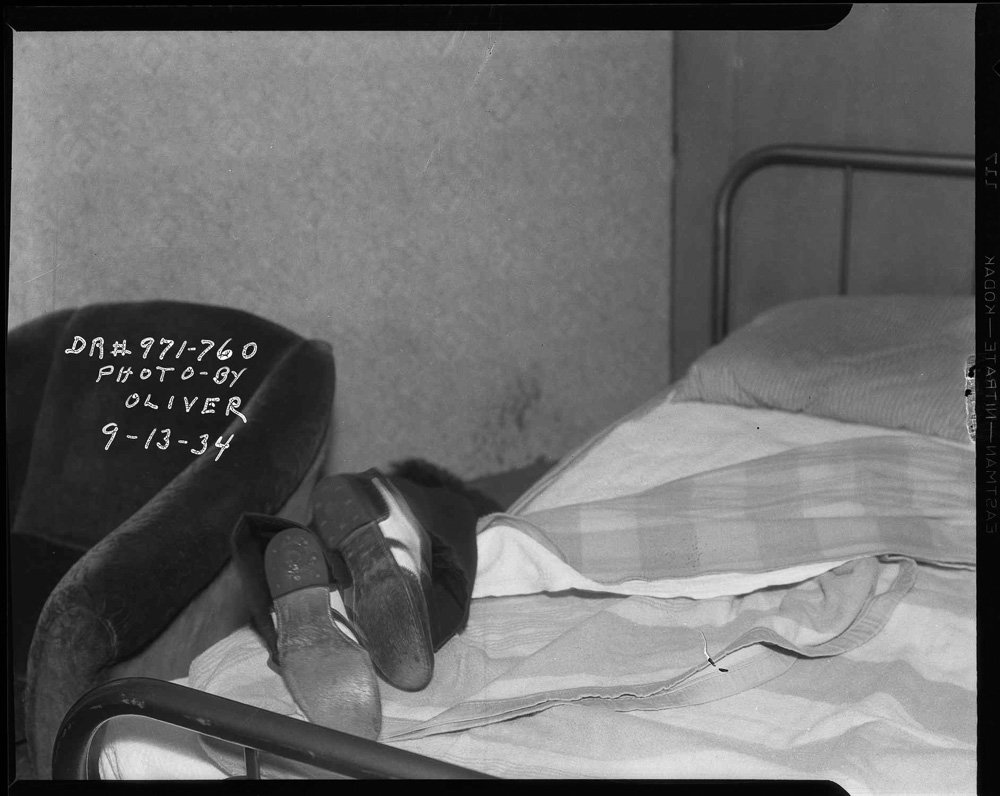
The photographers that created these images weren’t thinking primarily about lighting or composition, and they certainly weren’t thinking about selling their work in a gallery. These images were made primarily to document bad decisions by bad people. Their cameras were tools used to record, rather than express.
However, through curation, their common aesthetic thread is revealed and speaks directly to us. It’s photography in a pure form, where perception is unbiased by the reputation of a gallery, the personality of a photographer, and entirely untainted by the the influence of commerce. The LAPD exhibit was a perfect complement to the "sceney" gallery scene, and a reminder of the simple pleasure provided by a good photograph.
